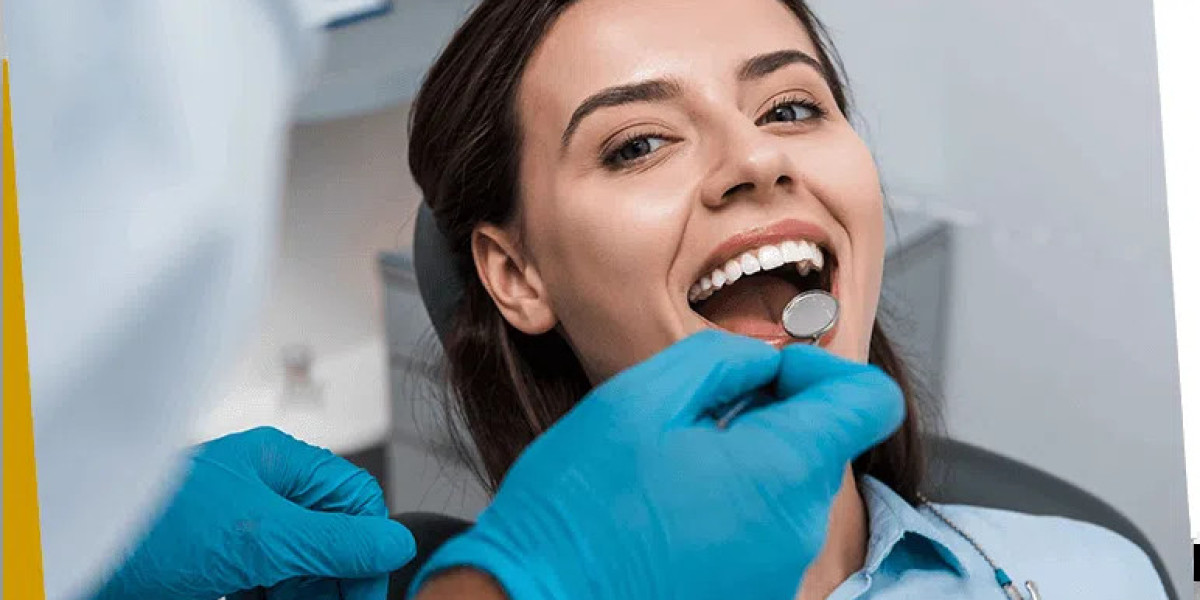Wisdom teeth, also known as third molars, often emerge in late adolescence or early adulthood. While some individuals may have sufficient space in their jaw to accommodate these additional teeth, many experience complications such as impaction, crowding, or infection. In such cases, wisdom teeth removal becomes essential. Understanding the comprehensive wisdom teeth removal process can help individuals confidently navigate this dental procedure. Explore more here about Wisdom Teeth Removal: Understanding The Treatment And Process.
- Initial Assessment: The journey of wisdom teeth removal generally starts with an initial assessment by a dentist or oral surgeon. Through X-rays and oral examination, the dental professional evaluates the wisdom teeth' position, size, and alignment. This assessment helps determine whether extraction is necessary and establishes a personalised treatment plan for the patient.
- Preparation and Anesthesia: Before the extraction procedure, patients receive detailed instructions on pre-operative care. Depending on the case's complexity and patient preference, anesthesia options such as local anesthesia, sedation, or general anesthesia are discussed. The chosen anesthesia ensures patient comfort and relaxation during the procedure.
- Extraction Procedure: On the extraction day, the patient is prepped for the procedure, which involves numbing the area around the wisdom teeth to minimise discomfort. The dentist or oral surgeon carefully removes the impacted teeth from the jawbone and surrounding tissue using specialised instruments. Sometimes, the teeth may need to be sectioned into smaller pieces for easier extraction.
- Stitching and Recovery: After the wisdom teeth are removed, the dentist or oral surgeon may stitch the extraction sites to promote healing and minimise bleeding. Patients receive post-operative care instructions, including guidelines on managing pain and swelling, maintaining proper oral hygiene, and following a soft diet. Applying ice packs to the cheeks helps reduce swelling, while prescribed pain medications alleviate discomfort during recovery.
- Follow-Up Care: Follow-up appointments are scheduled to monitor the healing progress and address any concerns or complications. If necessary, the dental professional may remove stitches and provide further tips on oral hygiene practices. Patients are encouraged to attend these appointments to ensure optimal healing and long-term oral health.
- Long-Term Benefits: Wisdom teeth removal offers long-term benefits, including relief from pain and discomfort, prevention of future dental issues such as infection or crowding, and preservation of oral health. By understanding the comprehensive process of wisdom teeth removal, individuals can confidently approach the procedure and achieve favorable outcomes for their dental well-being.
In summary, the comprehensive wisdom teeth removal process encompasses initial assessment, preparation, extraction procedure, post-operative care, follow-up appointments, and long-term benefits. Through proper guidance and support from dental professionals, individuals can easily undergo this procedure and maintain a healthy smile for years to come.



